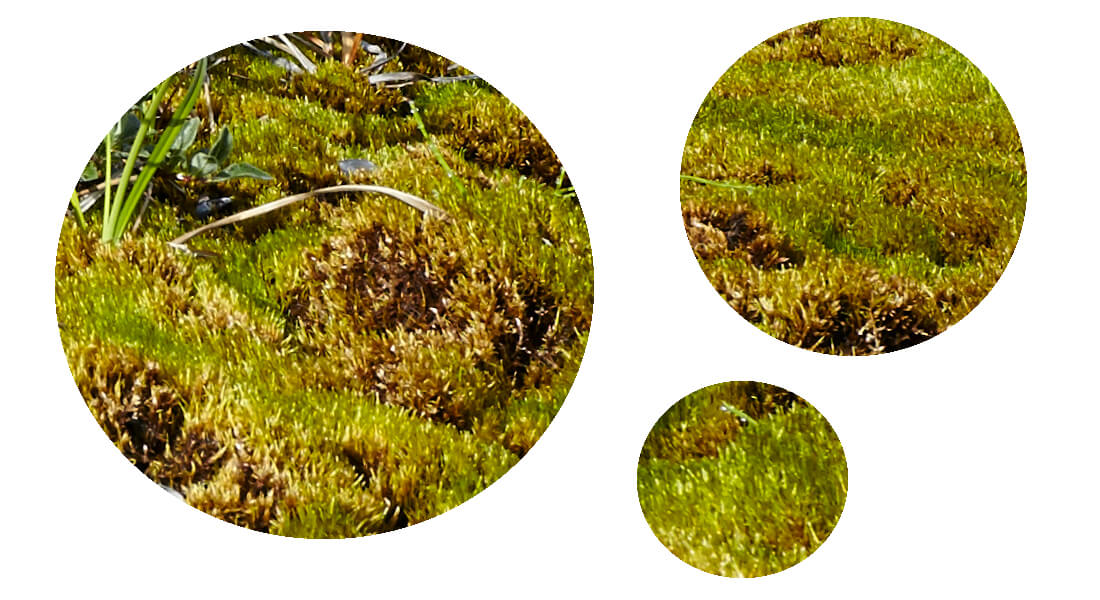The complexity of moss-cyanobacteria symbiosis
When people hear of symbiosis, they tend to think of it as an inherently positive term describing an equally benefiting relationship. However, symbiosis is traditionally defined as different species living together in close physical contact, and it can have either positive or negative outcomes. What many people think of as symbiosis is actually something called mutualism: an ecological interaction within the spectrum of symbiosis. At the other end of this spectrum we have parasitism, and in between, we find many other types of symbiosis, like commensalism, in which only one species benefits but without affecting the other. Symbiotic interactions are not static, and they can move across the spectrum, shifting from mutualism to a more neutral association, for example.

Here at VOLT, we mainly work with volatiles however, it is also important to add on to knowledge and understand how organisms interact with each other, explains Danillo Alvarenga who led the study. This new VOLT paper focuses on the feather moss H. splendens, and how it affects the transcriptional profile of its cyanobacterial symbiont in relation to nutrients. Generally, cyanobacteria-plant symbioses are considered mutualistic, based on a symmetric nutrient exchange, in which the cyanobacteria provides nitrogen and in turn receives carbon and sulfur from its host. However, this study shows that it is not as simple as that.
The paper shows that the interactions within the moss-cyanobacteria symbiosis are more complex and dynamic than previously thought. Instead of nutrient exchange being something that occurs at all times, it is shown that there may be some situations where the cyanobacteria is providing nutrients while the plant is not giving nutrients in return thereby fluctuating on the symbiosis spectrum.
From a microbial perspective, there is also a completely different layer as the cyanobacteria has its own microbiome called the cyanosphere; a microbiome is defined as a community of microorganisms living together in any given habitat. The cyanosphere may be interacting with the microbiome of the plants rather than the plant itself, thus highlighting the complexity of symbiosis.
Nevertheless, nutrients are not the only benefit cyanobacteria can gain from symbiosis with plants. Try thinking of a forest – not much light reaches the forest floor. This is why it can be quite beneficial for the cyanobacteria to be able to detect a tree, and colonize it to the top where it has access to plenty of light. While it may not benefit from a nutrient exchange, it benefits by using the plant as a substrate to grow on, all the while escaping competition in the soil. Even though the cyanobacteria gives while receiving no obvious benefits from the plant, symbiosis is more complex, and nutrient exchange may not be the only benefit for the species involved.
In conclusion, this paper challenges the simplistic notion of the workings of symbiosis and brings a new perspective on the flexibility of a symbiotic relationship, in which there is not a constant mutualistic flow of nutrients, but rather a more fluctuating dynamic where the cyanobacteria is not guaranteed nutrients from its host, but may, however, gain other benefits or even invest for the future.
